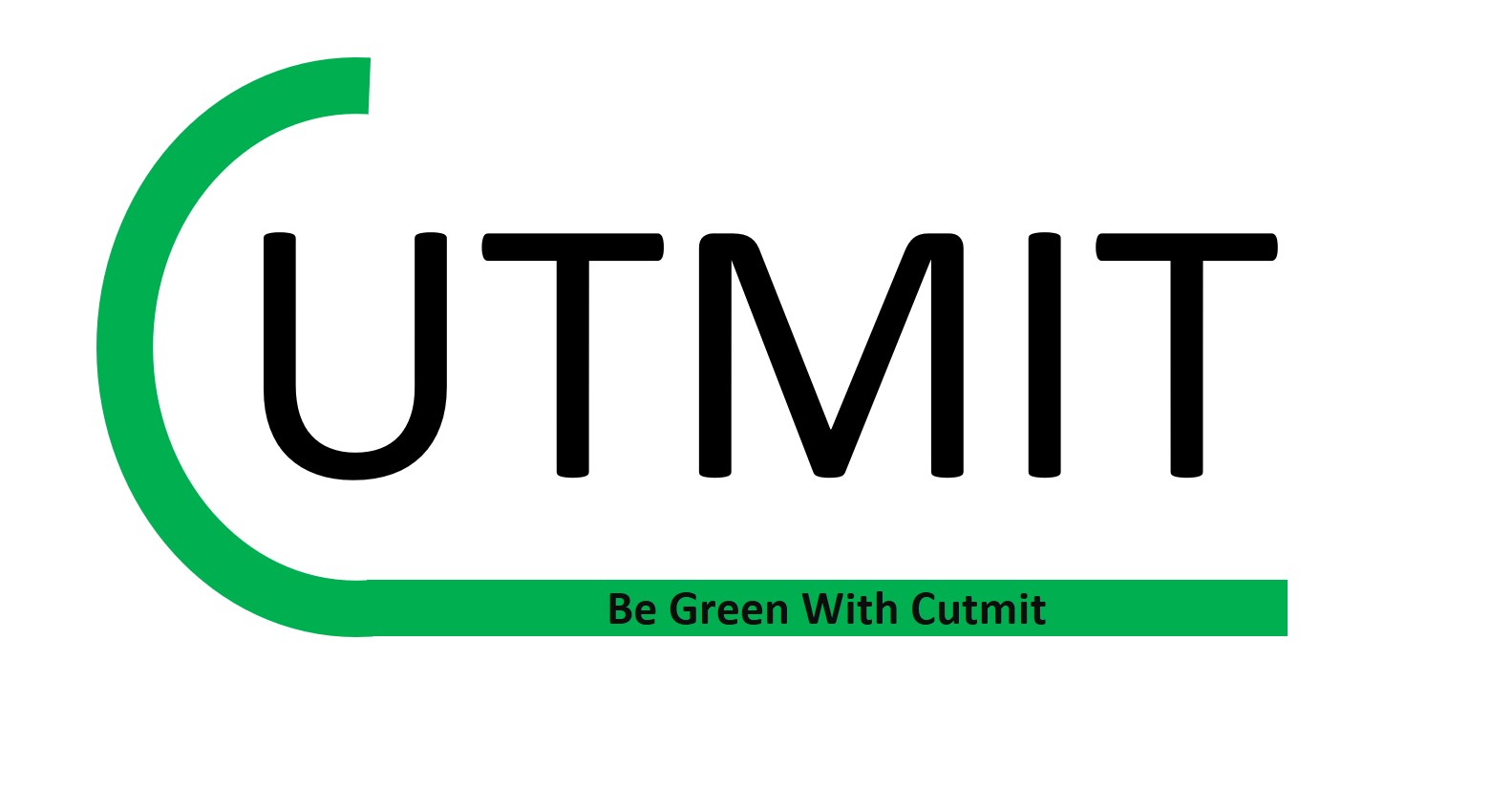Biochar carbon removal
What is Biochar?
Biochar is a charcoal-like substance made by heating organic biomass from agriculture and forestry waste in the absence of oxygen (pyrolysis) until it is carbon-rich and chemically stable. The carbon in the biomass is bonded and stored in biochar, which offers several co-benefits when employed in agriculture or construction.
The benefits of using Biochar
Biochar synthesis and mixing in soil are regarded as the finest methods for atmospheric carbon sequestration, as they provide soil advantages while also allowing for dispersed energy generation. The proximity of the biomass source and biochar dissemination significantly minimises the overall energy and emission footprint of the process.
Biochar carbon removal
Biochar carbon credits are credits representing a permanent sequestration of carbon. There are several techniques and standards available in the voluntary market, all with strong MRV and some that are already ICROA accredited, such as Puro.earth or Verra. Furthermore, there are additional biochar carbon removal standards, like as CSI’s C-Sink Standard, that adhere to the general best practices of a full LCA.
They address emissions from biochar production, biomass harvesting and transport, biochar treatment and transport, and the long-term degradation of biochar’s non-stable portion.

- Biochar in agriculture – A systematic review of 26 global meta-analyses
- Soil greenhouse gas emissions, organic carbon and crop yield following pinewood biochar and biochar–manure applications at eroded and depositional landscape positions: A field trial in South Dakota, USA
- How biochar works, and when it doesn’t: A review of mechanisms controlling soil and plant responses to biochar
- Biochar effects on crop yields with and without fertilizer: A meta-analysis of field studies using separate controls
- Atmospheric carbon removal via industrial biochar systems: A techno-economic-environmental study
- Biochar as a viable carbon sequestration option: Global and Canadian perspective
We collaborate with a high-quality biochar, woodland, biomass storage, and enhanced rock weathering projects with local landowners in the UK and a programme managed by small groups of subsistence farmers in Tanzania, Kenya, and India.



